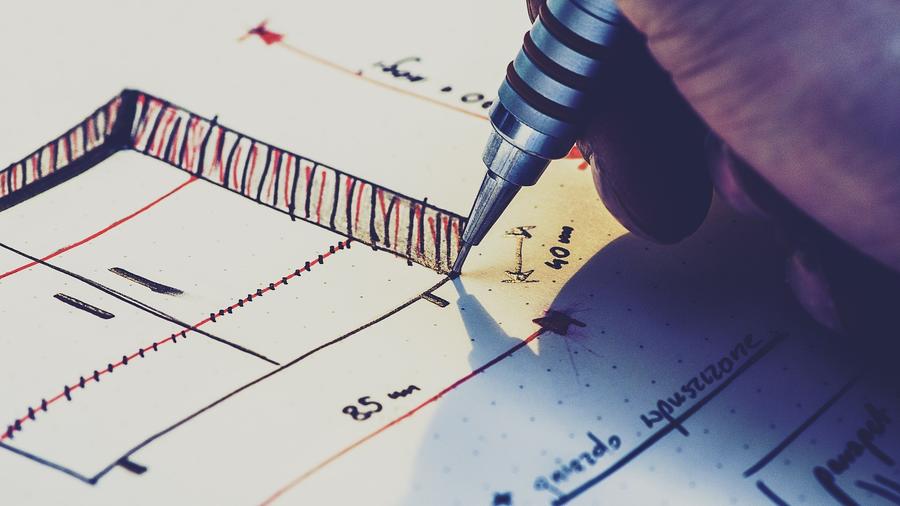Any successful construction project requires a road map, or a schedule with a plan, for it to be delivered on time and on budget. For some projects a detailed preconstruction plan is the best way to provide owners with a formal approach that includes preliminary planning and engineering to define the project, identify potential problems and analyze the costs.
Preconstruction services are offered before the construction phase begins. During the preconstruction phase, clients learn what will be needed to create a functional and financially viable project. The preconstruction phase often helps an owner determine if the project is viable.
When owners become involved early in the process, they have an opportunity to understand the project at a more comprehensive level. Most importantly, the owner has a defined basis to make an informed decision by eliminating many of the unknowns, reducing risk and identifying potential cost savings.
Scope
The first step in the preconstruction process is defining the project’s scope. In this phase there are numerous questions to consider such as: Is the project described clearly? Do all stakeholders agree? Assessments during this stage address the existing conditions of the space and determine needs for the project, which leads to an initial schematic design. This preliminary layout helps owners visualize the spaces and ensures there is sufficient space for all equipment, furnishings and any required access.
At minimum, the scope gives the owners a step-by-step process outlining the project goals and determining how those timeline benchmarks are met.
Budget and costs
The budget is created from the schematic design and the engineering assessment. A clear budget offers direction for the project. A key component of the preconstruction budget is to make sure the costs are fair and accurate.
A reasonable and realistic budget helps guide various elements from the type of subcontractors to hire to the types of materials to purchase. This early budget is based on comparable spaces and estimates, so it is fluid in nature. Depending on the agreement, a bid document can be an out-growth of this budget. Additionally, this step assists lenders and banks with the financing pieces of the project.
Schedule
Creating an accurate schedule is vital to ensuring how construction is completed on time and on budget. The preliminary schedule serves as a guide to identify lead times and the sequence of construction. The plan can estimate the number of days to complete each task and it can give a rough idea of completion times.
Once developed, a project timeline ensures the assigned deadlines hold consultants accountable, too. The end result is that milestone tasks are met, or at least that is the goal. If you want to have a more detailed plan, consider a cost loaded schedule that connects your budget and timeline.
Preconstruction services offer a level of assurance and education to clients. The expense of initiating preconstruction services will save money and time in the long run, because the costs and project schedule are determined upfront. Also, owners generally find that the number of changes, unexpected costs, and variations of schedule during the project are greatly reduced.
If you are interested in learning more about Murfey Company, a leader in construction and real estate development, please visit www.collinsbuild.wpengine.com.
This article originally appeared in The La Jolla Light

